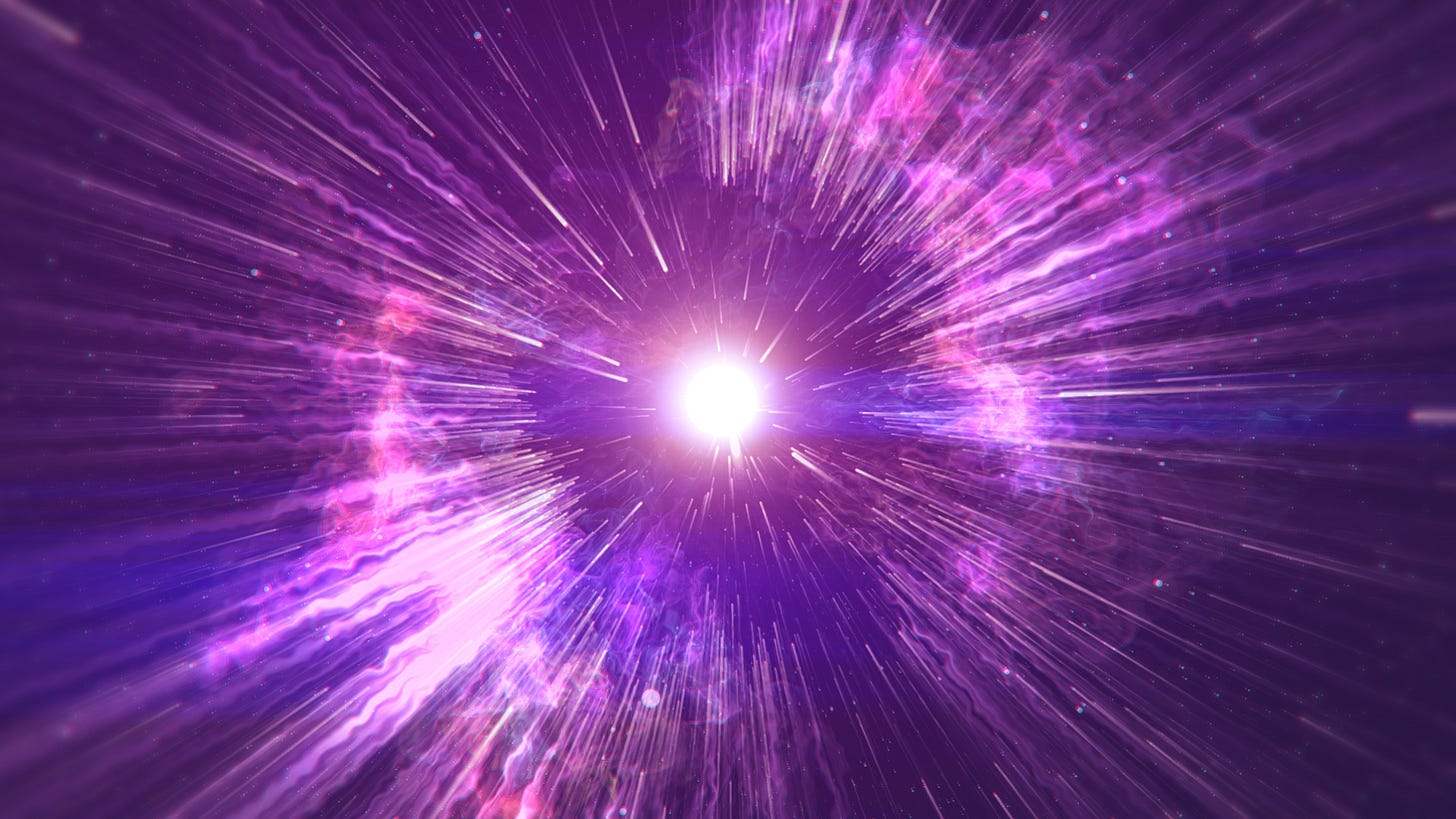To remain relevant and meaningful in a universe understood through science, evolution, and relational consciousness, religion must abandon static models of belief and embrace its own transformation. The cosmological and evolutionary frameworks offered by science do not threaten the sacred—they expand it. Rather than viewing God as an unmoved mover who exists outside of time, we are invited to understand the divine as intimately involved in the unfolding of the cosmos. This shift repositions religion not as the guardian of eternal certainties, but as a dynamic process participating in an ever-deepening mystery. Religion, in this view, becomes less about assent to fixed doctrines and more about awakening to the interconnected, evolving life we share with all creation.
Teilhard de Chardin’s insight that love is the energy moving the universe toward greater unity invites a redefinition of spiritual purpose. Evolution is not merely a biological mechanism—it is also a moral and spiritual invitation. Human consciousness is not an endpoint but a phase in the ongoing emergence of deeper relationality and meaning. This new religious consciousness recognizes that we are not separate from the universe; we are its conscious participants, shaping and being shaped in return. Our sense of the sacred must now emerge from this entangled reality, where spirit and matter, time and consciousness, are inseparable. To be religious today is not to escape change but to dwell deeply within it.
In a world shaped by ecological crisis and technological power, this evolving spirituality insists on ethical responsibility. The Earth is no longer backdrop but kin; its suffering reveals our own. The insight of Pope Francis in Laudato Si’ is instructive: care for the Earth is not just ecological, it is spiritual and moral. Our capacity to revere the Earth, to listen to its cry, and to respond with compassionate action, is part of what it means to awaken to divine presence. This presence is not found in domination but in mutuality, not in escape from the world but in radical solidarity with it. The call of religion, then, is not to transcend the world but to love it more completely, to heal it as part of our own becoming.
The emergence of second axial consciousness—relational, time-bound, and open-ended—signals a turning point in religious imagination. This is a consciousness grounded in systems thinking, evolutionary cosmology, and spiritual embodiment. It rejects binary thinking and affirms the deep interwovenness of all life. It sees divinity not above or beyond but within the processes of life itself, unfolding through time. Science, especially in its evolving understanding of time and uncertainty, does not weaken faith—it demands that faith grow up. The God we are learning to see is not untouched by history, but is the very heartbeat of becoming, a presence whose essence is love and whose form is relational.
Religion in this context becomes a way of participating consciously in the great unfolding of life. It calls us to practices that cultivate attentiveness, compassion, and humility. Silence becomes a threshold, not to withdraw from the world, but to enter it more deeply. Moral action becomes a form of worship, and justice becomes a sign of awakened consciousness. The religious life becomes a way of responding to the sacred as it reveals itself in the particular, in the moment, in the shared struggle toward wholeness. It is not timelessness we must seek, but faithfulness in time. What lasts is not certainty but love. What redeems is not perfection but participation.




